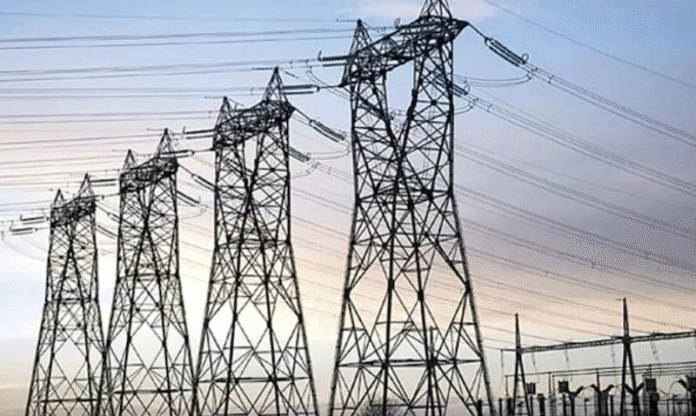Nigeria’s electricity supply system recorded another month of mixed performance in August 2025, as the latest operational data highlights persistent weaknesses in plant availability and grid stability.
TheNewsGuru.com (TNG) reports that the latest operational data was released on Tuesday via the official X (formerly Twitter) handle, which provides updates for the national grid managed by the Transmission Company of Nigeria (TCN).
According to figures from the national grid, the country’s power plants collectively have an installed capacity of 13,625 megawatts (MW). Yet, only 5,514 MW was actually available for dispatch on average. This translates to a Plant Availability Factor (PAF) of 40%, reflecting a one-point drop from July and underscoring the long-running challenge of idle or underperforming generation assets.
Despite the reduced availability, power plants still managed to supply an average of 4,106 megawatt-hours per hour (MWh/h) to the grid. This represents a Load Factor of 74%, meaning nearly three-quarters of the capacity that was available was actively used. However, both the output and utilisation rate fell compared to July, by 5% and 4% respectively, pointing to a contraction in generation performance.
Beyond generation, the grid itself displayed worrying signs of instability. Average lower grid voltage was measured at 300.65 kV while the upper level climbed to 350.77 kV, both falling outside the prescribed operational band of 313.50–346.50 kV. Such deviations raise risks of system inefficiencies, premature equipment failure, and potential damage to consumer appliances.
Frequency performance also faltered, with readings swinging from as low as 49.37 Hz to as high as 50.78 Hz, breaching the ideal range of 49.75–50.25 Hz. Frequency instability often indicates imbalances between supply and demand and is a red flag for grid reliability.
Analysts say the August figures underline the structural challenges facing Nigeria’s electricity sector. Despite having more than 13,000 MW installed, actual supply rarely crosses 5,000 MW, leaving households and businesses dependent on diesel and petrol generators.
The persistently low plant availability suggests unresolved issues of gas supply shortages, poor maintenance, and operational inefficiencies. With national demand estimated at well over 20,000 MW, the gap between what Nigerians need and what the grid can deliver continues to widen.
Experts warn that unless urgent reforms are implemented to boost plant performance and strengthen grid stability, the sector’s underperformance will remain a brake on economic growth.



